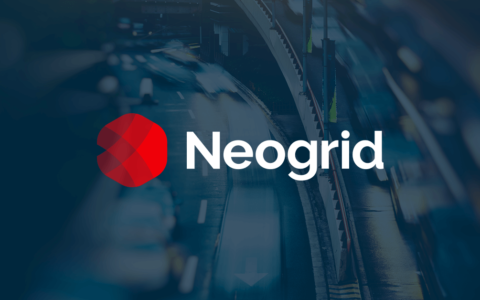
- What does VMI do?
The main aim of vendor managed inventory systems is to reduce stocks throughout the supply chain and guarantee shipping of full deliveries while avoiding stock-outs at the point of sale.
- How does it work?
It’s simple. First, the supplier and distributor agree to get involved in the rollout of a VMI system. Then, the distributor gets the ball rolling by providing periodic information on their sales and/stocks which are sent to the manufacturer or supplier electronically. The manufacture processes this information using special IT applications, drawing up a demand forecast that shows how much of what products they will need for a certain period of time. Delivery of shipments takes place automatically with no need for the customer or distributor issuing specific orders. This results in efficiency – both operational and administrative – at multiple levels for both partners.
- Does the VMI forecast model reflect issues such as promotions and seasonality?
Yes. The basis of forecasting is to take all relevant factors into consideration and determine how each factor would affect future demand. As such, a majority of vendor managed inventory systems are able to seamlessly integrate different demand forecast applications to adapt to not only sales seasonality and promotions but many other market scenarios. Our VMI system forecasts, for instance, also take into account; vehicle loading capacities, transport cost optimization, and shipment optimization among other factors.
(Learn more about NeoGrid’s VMI Solutions and how we can help you optimize your order and logistics processes.)
- How does the supplier benefit?
The fact that suppliers can know the demand forecast in advance and adjust production and delivery plans more accurately alone is a huge advantage. It helps these suppliers optimize available resources (including labor) and minimizes order incidents, leading to lower costs Additionally, purchasing departments can fine-tune orders for raw materials so that there are fewer in store. Also, point-of-sale stock-outs are eliminated, leading to increase in sales. And, when stocks-outs are kept to a minimum or even eliminated, it creates a better perception of the manufacturer among distributors.
- How do distributors benefit?
Distributors are typically the biggest beneficiaries. The resulting on-time deliveries at the point of sale means they can always satisfy their customers – resulting in increased customer loyalty. In the case of perishable goods, the increased flexibility in warehouse management usually results in fewer or no products going bad, leading to cost savings. When put together, these circumstances can help boost sales at a lower cost, leading to greater profit ratios.
Download our retail supply chain collaboration white paper to learn the seven most important criteria in selecting a new supply chain platform.





